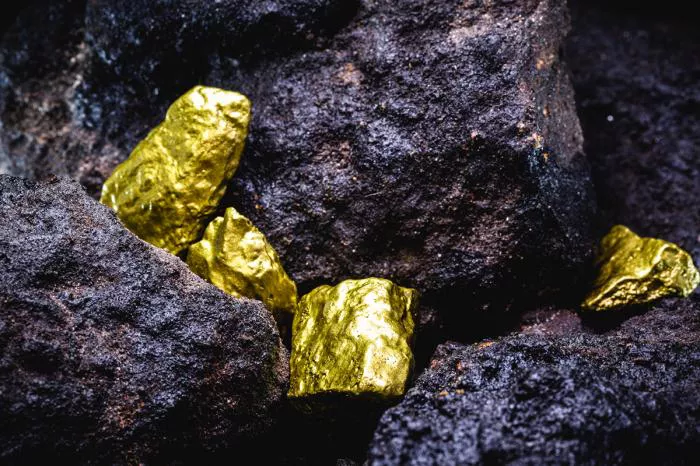Platinum, a semi-industrial metal often overshadowed in recent years, is showing signs of renewed momentum after being confined within a tightening trading range. This constriction is widely expected to culminate in a breakout, which could redefine the metal’s market trajectory.
Primarily mined in South Africa, platinum’s demand stems largely from catalytic converters and laboratory equipment. Historically, platinum has traded at a discount to gold. Since 2022, this gap has widened significantly, driven by strong central bank purchases of gold. Just a month ago, the gold-to-platinum ratio peaked at 3.6 ounces of platinum per ounce of gold.
Since then, however, the ratio has narrowed to about 3.2. Platinum prices have gained approximately 5%, while gold has declined nearly 6%. This shift is attributed to a 90-day trade truce between the US and China, which has improved economic sentiment and boosted industrial metals like platinum. Conversely, gold’s safe-haven appeal weakened, prompting some investors to take profits.
Market watchers anticipate that the current narrowing trading range, now being tested on the upside, will soon break decisively. This breakout will reveal whether technical traders can sustain platinum’s upward momentum or if gold will maintain its dominance as the preferred safe haven.
After trading largely sideways for over a decade—averaging around USD 955 per troy ounce—platinum faces critical resistance levels at approximately USD 1,012 and the longer-term downtrend from 2008, near USD 1,025 on a monthly closing basis. These levels are crucial for confirming a sustained uptrend.
Fundamentals support this positive sentiment. The World Platinum Investment Council’s latest quarterly report highlights a growing market deficit, with demand outpacing supply by nearly one million troy ounces. This marks the third consecutive year of inventory drawdowns, primarily to meet automotive sector needs. Additionally, Chinese demand for platinum jewellery, bars, and coins has surged, culminating last month in the largest annual import volume by Chinese jewellers and investors. This demand is fueled by platinum’s relative price stability and its undervaluation compared to gold.
In the futures market, speculators—classified as Managed Money accounts like hedge funds and other large traders per the Commodity Futures Trading Commission’s Commitment of Traders report—continue to maintain a neutral to slightly bullish stance on platinum amid current market uncertainty. Meanwhile, longer-term investors have increased holdings in platinum-backed ETFs registered in the West to 3.18 million troy ounces, up from a recent low of 2.89 million in April 2024, though still below the 2021 peak near 4 million ounces, according to Bloomberg data.
Attention will soon turn to London Platinum Week 2025, hosted by the London Platinum and Palladium Market (LPPM) from May 20 to 22. The event will bring together key industry participants—including mining companies, refiners, traders, analysts, and service providers—to discuss market trends and future strategies, potentially adding further focus on platinum’s evolving market outlook.


